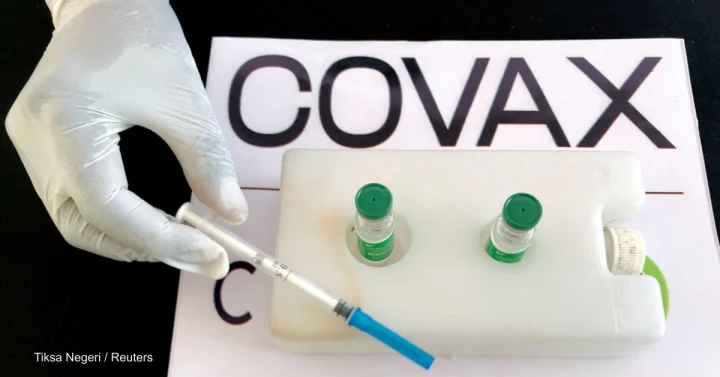By Haruna Gimba with agency report
Several billions of dollars left in a scheme to deliver COVID-19 vaccines to the world’s poorest could be diverted to prepare for other pandemics or to support vaccine manufacturing in Africa, the scheme’s partners said.
The COVAX initiative, run by Gavi, the Vaccine Alliance, the World Health Organization (WHO), and the Coalition for Epidemic Preparedness Innovations (CEPI), has $2.6 billion left in its coffers as the emergency phase of the pandemic draws to a close, according to documents seen by Reuters and two sources close to the scheme.
The initiative is set to wind up at the end of this year, although some of its work will continue.
With demand for COVID-19 vaccines dwindling, the partners are now working out how best to use the remaining cash – a significant sum in global health – alongside the donors who originally pledged it.
Around $600 million was given as part of a “contingency” fund in case the pandemic escalated again.
The remaining $2 billion has come back to COVAX after drug-makers agreed to refund deals agreed for vaccines at the height of the pandemic.
“This money was designed as an instrument of contingency, so we could respond to the twists and turns of the pandemic,” said Marie-Ange Saraka-Yao, Gavi’s head of resource mobilization. “We don’t want the money to be idle.”
Around $700 million is likely to be used for an ongoing COVID-19 vaccination programme in countries supported by Gavi, for 2024 and 2025. This option will be discussed by Gavi’s board this week. Another portion of the money will be used for booster shots this year and next.
Saraka-Yao said the donors, including rich countries like the United States and Germany as well as philanthropic organizations like the Bill and Melinda Gates Foundation, had all been asked if they wanted the rest of the money back at a meeting in March. None did. The donors, and the WHO, were not immediately available for comment.
A CEPI spokesperson said that while no decision had been made on the funds, it was “prudent to remain prepared” both in case the COVID-19 situation changes, and for future pandemics.
“They [donors] want to keep the spirit of the political intent when the money was given, to help protect the rest of the world,” Saraka-Yao said.
One option is to invest in wider pandemic preparedness initiatives, Gavi said. Another idea that has gained traction is to use some of the money to boost vaccine manufacturing in Africa, Saraka-Yao said.
Gavi is proposing a financial support system which would help new manufacturers bring products to market competitively, particularly for diseases like cholera or yellow fever, where there are shortages of vaccine for diseases that kill hundreds of thousands of people in Africa every year.


